Lockheed Martin has delivered the first set of AN/SPY-7(V)1 radar antennas for Japan’s new Aegis System Equipped Vessel (ASEV), marking a significant step forward in Tokyo’s effort to bolster its ballistic missile defence capabilities.
The shipment, comprising four antennas, was provided through Mitsubishi Corporation under a direct commercial sale and follows extensive testing at Lockheed Martin’s Moorestown facility in New Jersey.
The ASEV programme, managed by the Japan Ministry of Defense (JMOD), will see the construction of two large destroyers equipped with the SPY-7 radar, a solid-state sensor designed to track and engage advanced air and missile threats. The two vessels are scheduled to enter service in Japan Fiscal Year 2027 and 2028.
Lockheed Martin’s Chandra Marshall, vice president for Multi-Domain Combat Solutions, said the milestone “showcases the maturity and scalability of the SPY-7 radar” and reflects the company’s ability to integrate and test complex systems in advance of final delivery. The four antenna arrays will remain in the U.S. through 2025 for full system integration and further evaluation before being shipped to Japan.
The AN/SPY-7(V)1 radar is the export variant of Lockheed Martin’s next-generation Aegis sensor and has already been selected for a growing number of international platforms, including Canada’s future River-class destroyers and Spain’s F-110 frigates. A land-based version has also been fielded by the U.S. Missile Defense Agency on Guam as part of the TPY-6 configuration.
Japan’s adoption of SPY-7 follows the cancellation of the Aegis Ashore missile defence project in 2020. The ASEV concept repurposes that capability into a sea-based format, with the JMOD opting for large, heavily armed ships capable of long-duration ballistic missile surveillance and engagement.


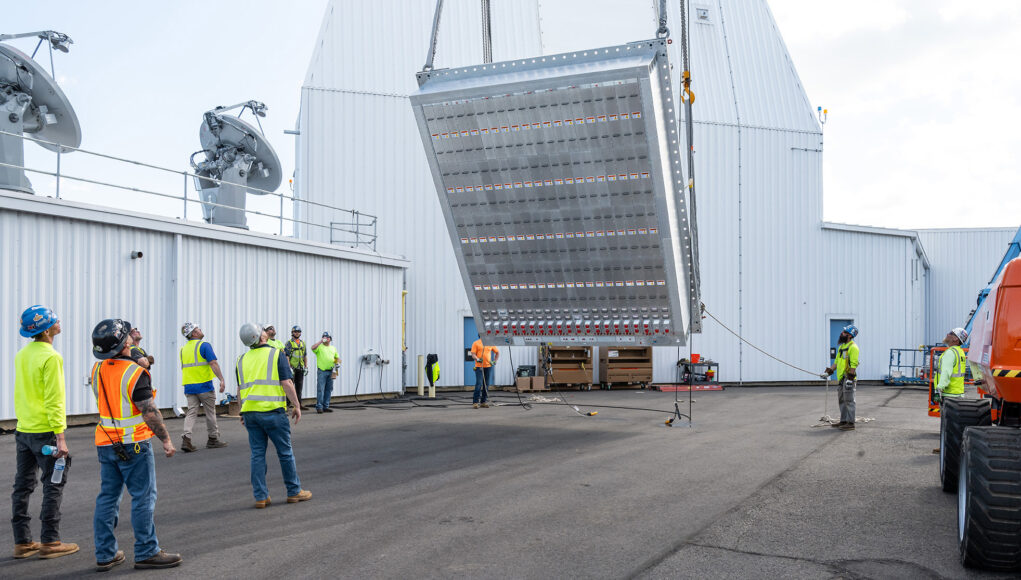
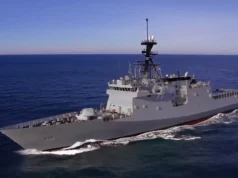
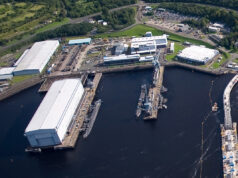
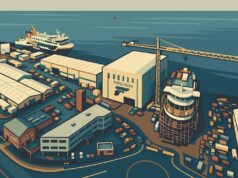
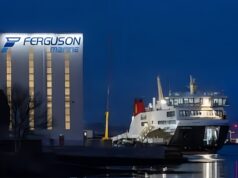
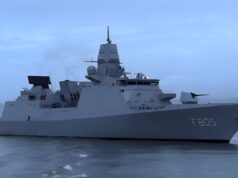
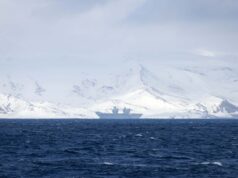
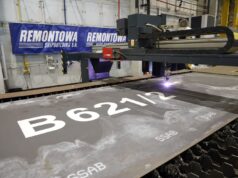
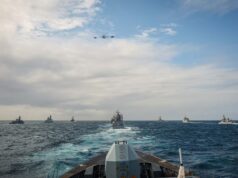

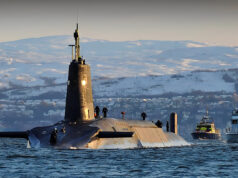

$7.1b for 2 ships. 128 VLS cells each. 14000 tonnes based on an adapted Maya class Destroyer. ( Raleigh Burke on steroids)
3 similar could form a UK sea based air defence network. That’s small change compared to a decade aid or welfare bill.
They cancelled the AEGIS ashore in favour of these ships. Believing that they would be more survivable in a conflict. Not sure how that stacks up where your enemy does an undeclared first strike? Unless at least one of these ships is constantly on patrol. But is one ship enough to cover the whole of Japan?
Interesting to see that both the Canadian Rivers and Spanish F110s have gone for the Spy-7 over the Spy-6 as adopted by the US Navy.
Isn’t SPY-6 not available for export?
The USN chose it and then offered its competitor to other countries, keeping the better radar for themselves, IIRC.
The US are offering SPY-6 as part of the AEGIS ashore bundle. Both Germany and Japan have looked at it. Rumania was also in the running, but have now opted for Israel’s Iron Dome and I’m not sure what radar system they are going to use with it. I believe it has also been offered to Australia, but they are considering using a land based version of CEFAR. The SPY-7 is being used by the US Missile Defence Agency in the guise of the Long Range Discrimination Radar (LRDR) at a site in Alaska.
Yet another nation steps onto the heavy destroyer game.. china, Italy, japan and the U.S all looking at 12,000-14,000 destroyers with 100+ missiles and latest generation radar.
You do have to wonder if these ships should be given a slightly different title..
T45 isn’t that much smaller at 10,000t loaded.
It simply wasn’t optimised for this much VLS capacity.
Looking beyond the headlines there will be a mix of tube lengths to suit the hull curvature. So the 80 missiles that T45 will carry with NSM and Sea Ceptor actually doesn’t look so silly.
And we have six of them….which could mean two and therefore 160 missiles added to a CSG.
Personally I’d be more worried about other things like RFA manning and getting all six T45 working….or even getting more than one Astute to sea at one….
And of all of those many and varied things the one you could fix very, very quickly is the RFA manning with relatively small amounts of cash. It is all very well building FSS when we cannot even fully crew the Tides and Bays at the same time…..it is a sobering thought.
To be fair these new classes of heavy destroyers are considerably bigger than the garden variety 7-10k AAW destroyer.. at around 175-180 meters long vs 150 meters of the early 21c AAW destroyers.
So how much longer do you have to make a T45 to add another 48 cell VLS?
It isn’t actually that much.
Otherwise you get sucked into building bigger and bigger hulls.
Whilst bigger hulls make a lot of sense for things like QEC and excess weight margins are really handy [looking at AUS Hunter] as is having the space to put new things or different version of things – so there are limits to the extrapolation.
Now, whilst steel is cheap and air is free, and all that. There is a cost to having the plant sized to push a behemoth though the water, a running cost to the fuel and refurbishment of ships does run by the ton.
As I understand it a lot of the size is related to weight and the power needs of the next generation very high end radars… the reason for the Italian ship being so big is it’s The Kronos Dual Band Radar (made up of the X-band Kronos Starfire and C-band Kronos Quad as well as L-band Kronos Power Shield..pure top weight and power.
HI SB,
Recent news about improvements in recruitment to the services and that the RFA conditions are being reviewed are encouraging signs that things might be returning a corner, but we need to see results across the board for 2 or 3 years sustained before we can run the flags up the pole…
As for the big destroyers I wonder whether there is an opportunity to bring the T91 Arsenal Ship forward so that it can work with the T45’s. I read somewhere recently that BAE Systems are already working on the networking software that would be required to make it work. So given the vessels themselves should be fairly simple (e.g. no radars, helicopter facilities, etc.) we should be able to develop something useful reasonably quickly, probably quicker than the complex T83. It would all depend on whether BAE Systems can get the networking / control software working ahead of the T83.
Even a modest version of an arsenal ship with say two missile farms of 30 to 40 silos could mean a single T45 might have access up to 160 missiles which would meet your missile count for the CSG. It would significantly increase RN fire power in a relatively short period of time, certainly quicker than waiting for the T83.
Cheers CR
I simply don’t get how an undefended ship with things that go bang works IRL outside of Power Point World.
Personally I’d rather see something like a marginally stretched T31 with a big VLS as that could, at least, deal with surface threats perfectly competently.
As to the networking aspect that has been going on for years. Part of that was proved in various announced exercises where missile control was handed between platforms. A lot of this needs money and will to make real.
I have wondered about this as well, but I can see that they could add firepower to the fleet with a limited increase in required crew numbers. As a solution to our firepower needs it could be a flexible fix, but we need more conventional escorts as a matter of urgency as well, as increasing the firepower of individual units doesn’t actually make as much difference to the fleet’s total capability as the radar count and the deployment flexibility is not increased.
Given Johnathan’s point that the USN as said the Xi has told the PLAN to be ready for war from 2027 (previous stories) there is a real need to try and make improvements to the fleet’s firepower, numerical and crew strength. Arsenal Ships can definitely contribute to the first, help with the second by effectively giving one ship the firepower of two so potentially releasing another vessel to other duties and by doing so with minimum added crewing demands. The arsenal ships being simpler than a conventional escort might be built faster so could be a way of increasing the fleet’s capability relatively quickly and at lower cost as well… buy yeh not a full fledged escort.
Cheers CR
Even without stretching the T31, the potential 32 mk41 VLS cells can be considerably increased by removing the secondary gun at B & replacing with mk41 or stand alone ExLS. Babcock list this as a standard option on their A140 designs. Add NSM in canister mounts as well of course.
It’s my understanding that an arsenal ship would have its own sensors and have some level of self protection.. it would not have the wider mission capabilities of a full warship..so no small ship flight etc. but it would be able to independently in a more limited way.
Would note ASEV destroyer has the same length 190 m and beam 25m as Zumwalt so it will be ~ 16,000 tonnes not 14,000 tonnes.
The land-based version of SPY-7 funded by the U.S. Missile Defense Agency for Guam as the TPY-6 was cancelled early this year.
The SPY-7(V)1 is a very powerful AESA radar due to its large size as sensitivity is proportional to the area ^3 and was chosen by the Japanese in preference to the USN Raytheon SPY-6(V)1 as used in the Burke Flt IIIs, but its also a very expensive radar. Naval News reported the cost as $2.34 billion for the two radars (and Aegis was $923 million) for a total of $5.23 billion for the two destroyers. What do find amazing is that delivery is planned for the two destroyers in FY27 and FY28 respectively.